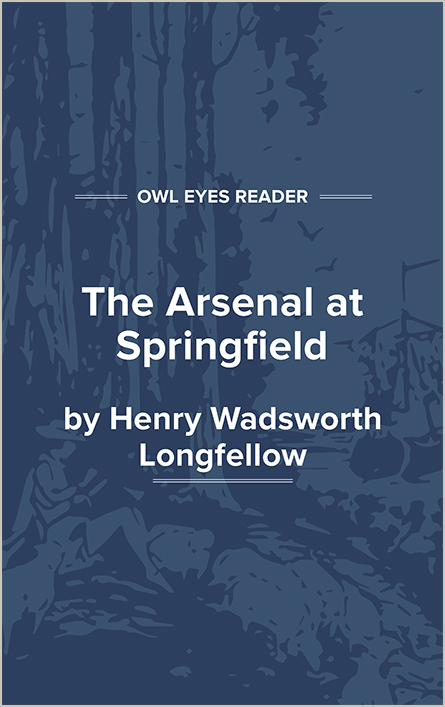Henry Wadsworth Longfellow Biography
Henry Wadsworth Longfellow, the second of eight children, was born into an old and distinguished New England family. Stephen Longfellow, his father, was a prominent lawyer who had served as a representative in Congress and who could count among his ancestors New England patriarchs such as Samuel Sewell. His mother, Zilpah, could trace the Wadsworth name back through a Revolutionary War general to seventeenth century Plymouth Puritans such as John Alden. Schooled at the Portland Academy and Bowdoin College, Longfellow finished his formal education in 1825, graduating in a class that included Nathaniel Hawthorne. From the beginning, he had been expected to carry on the traditions of his two family groups: “You must adopt a profession which will afford you subsistence as well as reputation,” his father had counseled him just before graduation. During his collegiate years, Longfellow had shown so much aptitude for foreign languages that Bowdoin actually offered him a newly established professorship in modern languages. The trustees of the college, however, insisted that their new professor travel to Europe at his own expense to round out his language training.
Accepting the offer, Longfellow toured Europe from 1826 to 1829, dividing his time between France, Spain, Italy, and Germany. By August 11, 1829, he was back at Bowdoin, preparing lecture notes and writing his own grammars and study texts. For the next six years, his scholarly duties at the college and his academic writing in linguistics and literature occupied most of his professional life. He did, however, find time to renew an interest in creative writing. His only book during the stay at Bowdoin, Outre-Mer, was a prose account of his European travels, modeled on Washington Irving’s The Sketch Book of Geoffrey Crayon, Gent. (1819-1820). Settling more comfortably into academic life, Longfellow married Mary Storer Potter on September 14, 1831, and devoted himself to extending his reputation by publishing literary criticism. Three years later, Harvard College was impressed enough with the quality of his academic writing to offer him the Smith Professorship of French and Spanish Languages, again contingent on his willingness to travel to Europe for further study.
He and his wife, Mary, sailed in April, 1835, to visit England, Denmark, Sweden, and Holland. In October, tragedy overtook the couple; Mary lost the child she was carrying and, in November, died from complications from the miscarriage. It took a year of grieving, studying, and falling in love again—this time with Fanny Appleton, the daughter of a prominent Boston family whom he had met in Switzerland—for Longfellow to recuperate fully from the loss. By the fall of 1836, he had returned to Harvard to continue his scholarly writing. By 1842, he had also finished Hyperion , a highly autobiographical account of his unrequited love for Fanny, and three volumes of original poetry. By 1843, he had apparently achieved enough recognition for Fanny to consent to marriage. The stay at Harvard marked the beginning of the most productive period of Longfellow’s career, and his home life, with six children, was apparently a happy one. His creative writing blossomed: He issued three more volumes of poetry. His scholarly...
(The entire page is 784 words.)
Owl Eyes subscribers get unlimited access to our expert annotations, analyses, and study guides on your favorite texts. Master the classics for less than $5/month!

